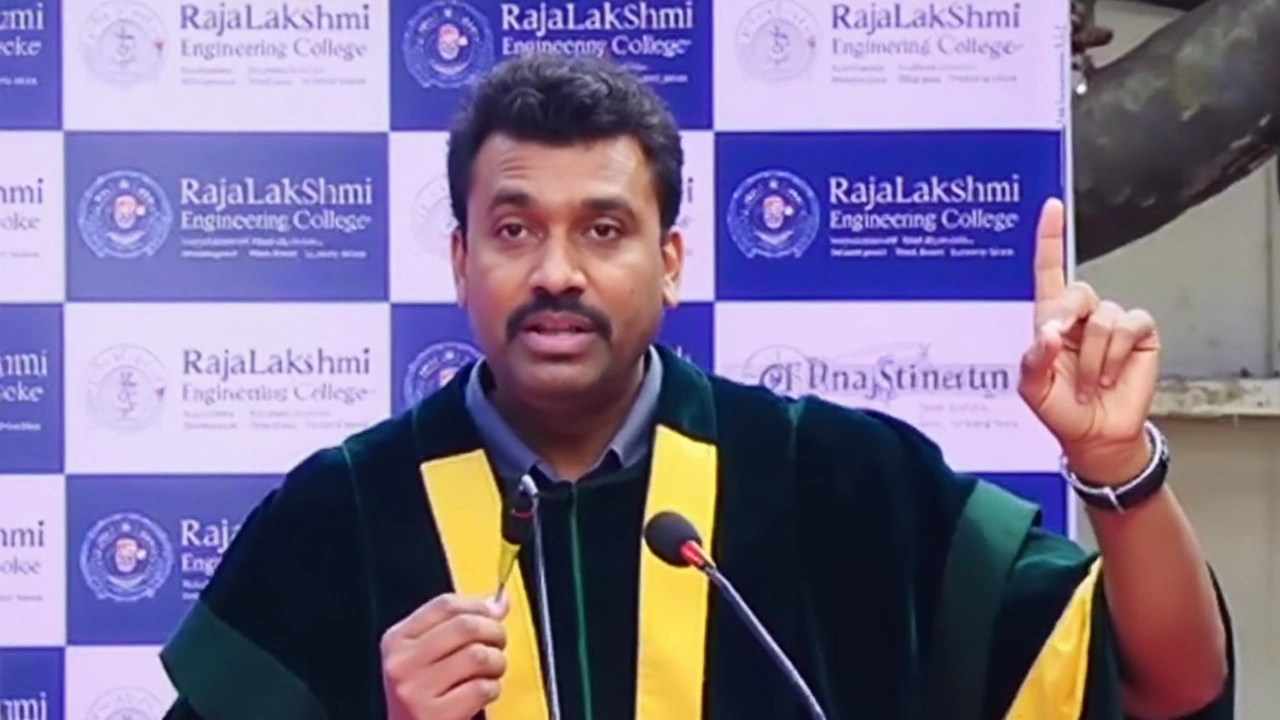Hindi Language Controversy: What’s Going On?
There’s a lot of buzz about Hindi lately. From school textbooks to TV channels, people are arguing about how much space Hindi should get compared to regional tongues. If you’ve noticed heated debates on social media or in local news, you’re not alone – this issue touches almost every Indian state.
Why the Debate Started
The controversy began when several state governments proposed making Hindi a mandatory subject in schools that primarily teach Tamil, Telugu, or Malayalam. Supporters say a common language helps unite the country and opens up job opportunities. Critics argue it pushes out local cultures and forces students to learn a language they don’t use daily.
Key Points You Should Know
First, the central government recently announced a new policy to increase Hindi broadcasting on national TV. That move sparked protests in the south, where people felt their own languages were being sidelined. Second, some private schools have started charging extra for Hindi classes, raising concerns about affordability.
Third, political parties are using the issue to rally voters. In recent elections, candidates promised to protect regional languages while also supporting Hindi as a bridge language. This tug‑of‑war makes the controversy more than just a linguistic debate – it’s a political tool.
Fourth, the education sector is feeling the pressure. Teachers are being asked to upskill in Hindi, and exam boards are adding more Hindi questions. Parents worry that this shift could affect their kids’ scores in core subjects like math and science.
Finally, digital media adds another layer. Streaming platforms are required to offer Hindi subtitles for most content, but many regional creators feel this limits their audience reach. Some have started subtitling in multiple languages to stay inclusive.
So, what can you do? Stay informed by reading reliable news sources and checking official government releases. If you’re a student or parent, talk to school officials about language options and ask for clear guidance on curriculum changes.
For activists, joining local language preservation groups can help amplify regional voices. Sharing balanced information on social media also reduces misinformation that often fuels the controversy.
In short, the Hindi language controversy is a mix of cultural pride, political strategy, and practical concerns about education and media. Understanding all sides gives you a clearer picture and lets you participate in the conversation meaningfully.
